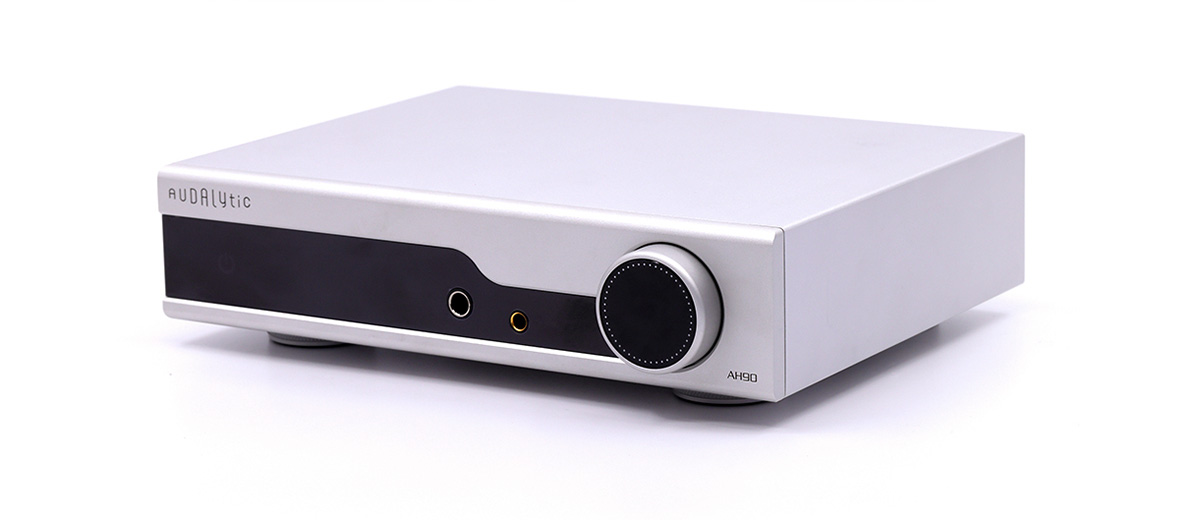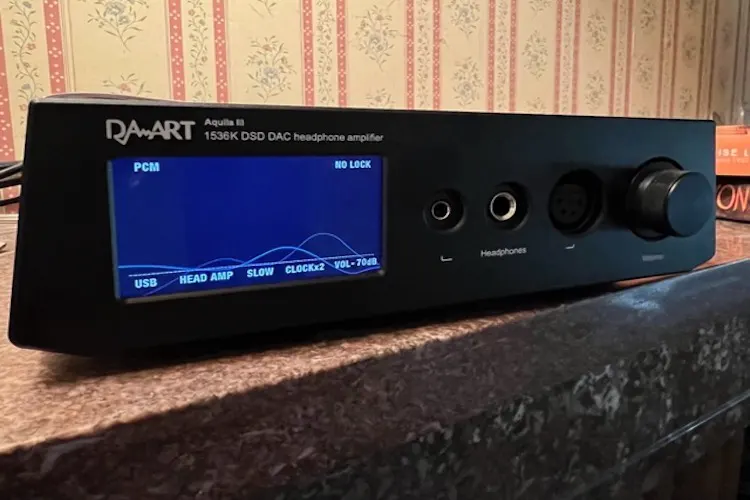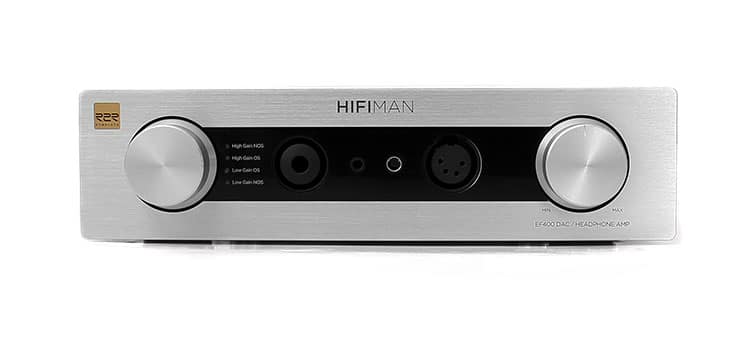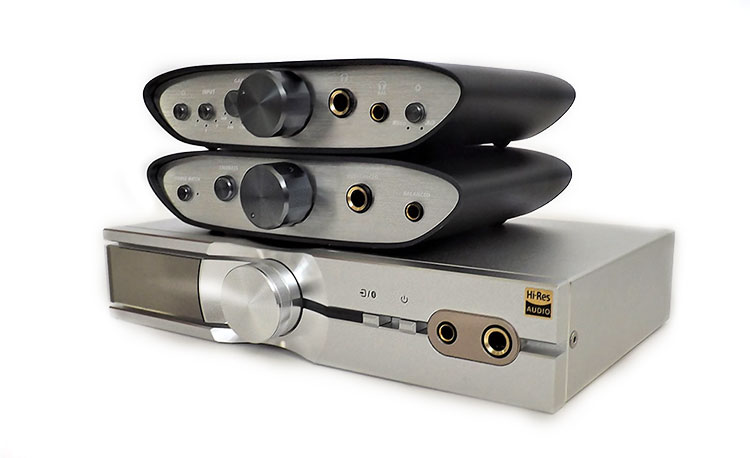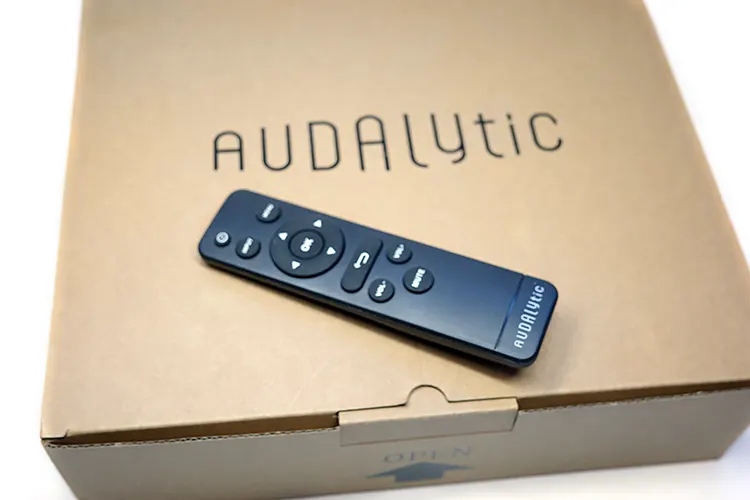Synergy
Efficiency
With an SN ratio of >126dB, and 1000mW max in the 4.4mm balanced jack, the background was dead silent. Even on high gain, and using the quite sensitive UE Live, there was no background noise.
I appreciated the quiet background since sometimes a less-than-quiet background can impede the smoothness of character presented through a device such as this.
Power
A maximum of 1000mW is not all that high by today’s standards, but for someone with IEMs looking for a nice desktop system, that is plenty. I rarely had to go above 35 on the volume scale (using the Cayin N6ii) and high-gain listening with the UE Live.
The duo seemed destined together, providing the added vibrancy of the Live signature to the smooth character of the Audalytic.
Pairings
The AH90 is designed with efficient IEMs in mind as well as other lower impedance headphones. In that regard, it succeeds. I tried a variety of listening sources and came away with an appreciation for all I tried and the variety of responses presented.
UE Live
The UE Live is a high-end IEM, which can be had in a custom as well as regular fit. A detail-oriented IEM, the Live can quickly show any faults in the source or additional components added.
I found the synergy was quite good, with a very good sub-bass punch on some songs, and detail retrieval was very good. This is the sort of Yin and Yang, which makes for an excellent complimentary setup.
FiiO FT3 32Ω
The FiiO FT3 32Ω is an affordable mid-fi closed-back, which presents a more neutral signature. Good dynamics highlight excellent fit and a pleasant listening experience. The results were no different using the AH90.
Paired together, there was excellent height to the stage, which allowed for the expansion in note characteristics; giving good definition and girth to the notes, without becoming overly thick or too spaced.
Sony MDR-Z7
The Sony MDR-Z7 was a nice surprise as well, with booming (but controlled) bass emanating when paired with the Audalytic.
I found the Sony had the best spatial characteristics (most expansive) of the three (discounting the best detail from the UE Live). The AH90 showed again its versatility while working across a diverse set of listening sources.
HiFi Pairings
The Denon PMA-770 is known for accurate, if a bit thin sound. This is my backup integrated amplifier while my McIntosh is repaired. It is a worthy amplifier, and when paired with the smooth character of the Audalytic, makes for a wonderful addition to the system.
The Klipsch Forte’s (first gen) are also known for their sharp, distinct sound. Together, the AH90 tends to smooth the tendencies of both nicely. Add in the capability of streaming from your favorite device, and the Audalytic makes for a very nice addition to the two-channel system.
I can say the same about the Arcam CD73, using the optical connection. CDs have a definite digital sound, and Arcam puts its rich character traits on the signature.
The combination was good as well, allowing me the opportunity to utilize the filter choices more than the other options. I rather enjoyed playing DJ with the additional filter tuning.
Select Comparisons
YULONG Aquila III
Technical
The Aquila III comes packaged with YULONG’s new 5th-generation Jitter and Interface Control system (JIC).
It also has a proprietary USB interface based on their ARM+FPGA architectures with AK4191+AK4499EX chipset, which enables decoding up to class-leading levels, including PCM1536Khz and DSD 1024 files.
Dual clock modes (similar to the ASRC and SYNC modes on the Aquila II, labeled Clock-1 and Clock-2) allow for two signatures along with three different filter options (short, sharp, slow). Power provides up to 4W, Class-A (32Ω, balanced) and 1w (32Ω, single-ended). An output impedance of less than 1 ohm makes for a black background.
The Aquila III has a few more tricks up its sleeve than the Audalytic, including more power.
Design
Shaped like an isosceles trapezoidal unit, the Aquila III carries a screen of roughly the same size, with an interactive EQ bar playing with the music.
A single knob, like the AH90 highlights the front, with access to all the functions involved as well. I do appreciate the on/off touch area of the Audalytic though, since it can be a bit cumbersome to reach around on the Aquila III.
The two share similar connectivity as well, except that the Aquila III carries a Bluetooth connection, while the AH90 carries a LAN connection.
Performance
Two distinct sound signatures emanate from the Aquila III matching the literature-cited Clock-1 (YULONG JIC, lower oversampling rate with a punchy, more analog sound) and Clock-2 (AK4499, with default sampling mode promoting “outstanding resolution and details”). Clock preference changed with headphones/IEMs used in my tests.
Having the ability to go between both clock settings is a definite step up and sets the Aquila III apart from the AH90. Presenting a more vibrant signature than the AH90, the Aquila III is more reference in tune than the Audalytic.
The difference here will come down to whether you want different clock settings in the signature, different connectivity in Bluetooth or LAN additionally, and the added power of the YULONG.
HIFIMAN EF600
Technical
The HIFIMAN EF600 uses a pair of custom HIMALAYA PRO R2R chips developed for HIFIMAN exclusively.
HIFIMAN claims that these HIMALAYA PRO chips beat the popular PCM1704K chips specifically in distortion levels, and noise levels, with very low power requirements. Purported to be quite musical is another potential advantage.
The DAC section circuitry feeds the amplification circuitry through a switch that operates the source, which feeds into a buffer stage, and then goes through a low-pass filter circuitry. It then jumps to either the 4-channel attenuator or volume knob.
The DAC section also includes two digital filters to choose from which are selectable upfront. There’s a non-oversampling and an oversampling mode. I left mine on non-oversampling and high gain most times during listening sessions.
Providing a whopping 5.12 watts per side on the balanced XLR 4-pin connector or 1.8 watts single-ended, there is markedly more power hear.
Design
Somewhat unique. Combined with a headphone stand, reminiscent of some other brands, the HIFIMAN is not one to tuck under your monitor, but rather showcase beside it.
A stunning tower aspect with easily reachable controls highlights the business of the EF600. Louis does add that the volume knob is not up to snuff, with shaky control.
A multitude of connectivity options reside on the back side, including balanced XLR input and output along with Bluetooth, which gives this a leg up on the AH90.
The downside of that tower shape is that you need to have adequate space in which to place the EF600, unlike the AH90, which can pretty much slide anywhere.
Performance
With a fluidity that seems to retain the micro harmonics, the DAC section captures a sound some other DACs tend to miss.
In combination with the organic sound, a meaty signature presents plenty of power, which can be applied across many different types of headphones. The sonic performance is of a high caliber here, and that powerful nature is not shy about it.
Louis notes, “It tends to sound punchy, dynamic, and onward marching especially if you use a fast responding planar headphone.” The transient response is fast and propulsive, as opposed to the smooth, slower character of the AH90.
Mostly meant for planar headphones, this may not be a fair comparison; especially with the additional power on tap.
HIFIMAN EF400
Technical
An integrated headphone amplifier and DAC, the EF400 featured the then-new Himalaya R2R DAC. With a shape more reminiscent of the Audalytic, the EF400 uses the HIMALAYA DAC supporting PCM up to 24bit resolution and a maximum of 4.4w per channel.
This would now be considered an entry-level DAC/Amp from HIFIMAN, and as such lacks many of the currently offered connectivity options. Coming with USB-C or USB input, and RCA or XLR balanced out, it falls behind the Audalytic.
Design
A small footprint makes the EF400 easy to place within your system, and once you connect cables, you can pretty much forget about the backend. With dimensions quite similar to the Audalytic, both can conveniently fit into your system.
Performance
There is a certain brilliance to the presentation with a smooth signature and an even frequency response curve. While the EF400 is neutral, it also feels punchy and dynamic. More so than the AH90. It also sounds quite natural, something it does share with the Audalytic.
There is a clean approach to the lower frequencies, making it sound somewhat source-dependent. There is a precision to it, but a lack of EQ hinders overall bass response. The bass does show presence when needed but it seems song-dependent, while it gives you the right quantity in those respective songs..
There is also a smoothness, not unlike the AH90. It sounds fluid and accurate, particularly from the midsection on up. Dynamics though, is where the EF400 moves a bit ahead. Where the AH90 persuades with smoothness, the EF400 gives you a broader spectrum.
iFi Audio NEO iDSD
Technical
I will admit to not being wowed by the NEO iDSD after spending some time with it but came to appreciate its versatility. It seems that iFi is always instituting aspects into their units, which we did not know we needed. Until they do so in their products.
It does carry Burr Brown chips as well, and the signature falls right into line with the AH90 as a result. Power comes in at a smidge more than the AH90 at 1.04W.
One thing I do love about all of iFi’s desktop DAC/Amps is the GTO (Gibb Transient Optimized) filter. It is the mainstay when using my Pro iDSD and iCAN combination. The NEO also carries Bluetooth 5.0, which is lacking in the AH90.
Design
Another trendsetting aspect was the ability to stand the NEO up or lay it down. The small screen rotates as well to accommodate both positions. The NEO iDSD does not resemble anything from the past in iFi’s stable adding an upscale appearance as well.
The entire case is made of solid aluminum including the knurled volume knob which is smooth to operate. The included stand Is also made of aluminum. The finish is a combination of brushed aluminum and some areas on it have a matte finish.
The unit measures 21.3 x 14.5 x 4.06cm and weighs in at 2.14 lbs, which is slightly more than the AH90. With fewer connectivity options, the iFi falls a bit behind the AH90 too, except for the Bluetooth.
Performance
Contrary to the historical nature of the Burr Brown technology, the NeEO seems somewhat bright sounding in character. The top end is more present than in other DACs iFi has made and might not sound as warm as the rest of their line (or the AH90). However, it does not mean the bass is lacking.
The full spectrum is present with good lateral extension. The frequency response seems very linear and extends further out bilaterally compared to a ZEN DAC. I have always found that there is excellent energy in the iFi Audio sound, going back to the original micro Black Label (for me).
The Neo, while lacking that insane bite of the BL, is not lacking in that brighter character. It is, however, more tamed here. Call it mature.
As a result, one cannot say that it’s a sharp-sounding DAC since the bass is equally present, it seems there is better high-frequency extension than other DAC amps we tested it against. This returns to that energetic vibrancy, for which iFi is known.
Our Verdict
The Audalytic AH90 will not wow you with impressive amplifier power. It does not have its native applications, either.
However, throughout the testing, I found it very competent at what it does. It provided me with enough different options in usage, that I could hook it into my two-channel system and have cables coming out for headphone and DAP use without bother.
Many users now are looking for an all-in-one solution due to simplicity and efficiency as well as space restraints. And here is where the AH90 shines. While it will not drive high-impedance headphones, it drove my IEMs with plenty of energy while providing a complimentary sound to each of their signatures.
The versatility with which the AH90 provides a very good sound while affording the user with a small desktop DAC/headphone amplifier/streamer gives you something to build a system around.
The AH90 is an easy-to-use, functional unit; that can fit into a system with ease and give the user a quality offering sound-wise as well.
Audalytic AH90 Technical Specifications
Line-out
- Frequency Response: 20-20kHz /+-0.2dB Sharp Roll-off
- Dynamic range: >127dB
- Signal-to-noise ratio:>126dB
- Crosstalk:-125dB @ 1kHz
- THD+N:<=0.0001% @1kHz
- IMD: ≈0.001% @ -1dbfs
- RCA: 2Vrms (VOLUME FIXED) 100Ω
- XLR: 4Vrms (VOLUME FIXED) 100Ω
Headphone
- Frequency Response: 20-20kHz /+-0.2dB Sharp Roll-off
- Dynamic range: >123dB
- Signal-to-noise ratio:>122dB
- Crosstalk:-125dB @ 1kHz
- THD+N:<=0.0001% @1kHz
- IMD: ≈0.001% @ -1dbfs
- 35: 2Vrms (Low gain) 4Vrms (High gain) output impedance 2.3Ω
- 4 : 4Vrms (Low gain) 8Vrms (High gain) output impedance 4.6Ω
- Output power: 1000mW max (4.4 balanced port, 64 ohm or lower impedance headphones)
General
- Power Supply: AC 115V/230V 50/60Hz
- Power Consumption<20W
- Size:220mm (Width) * 170mm (Length) * 50mm (Height) (protrusion not included)
- Weight:2Kg (with package)

